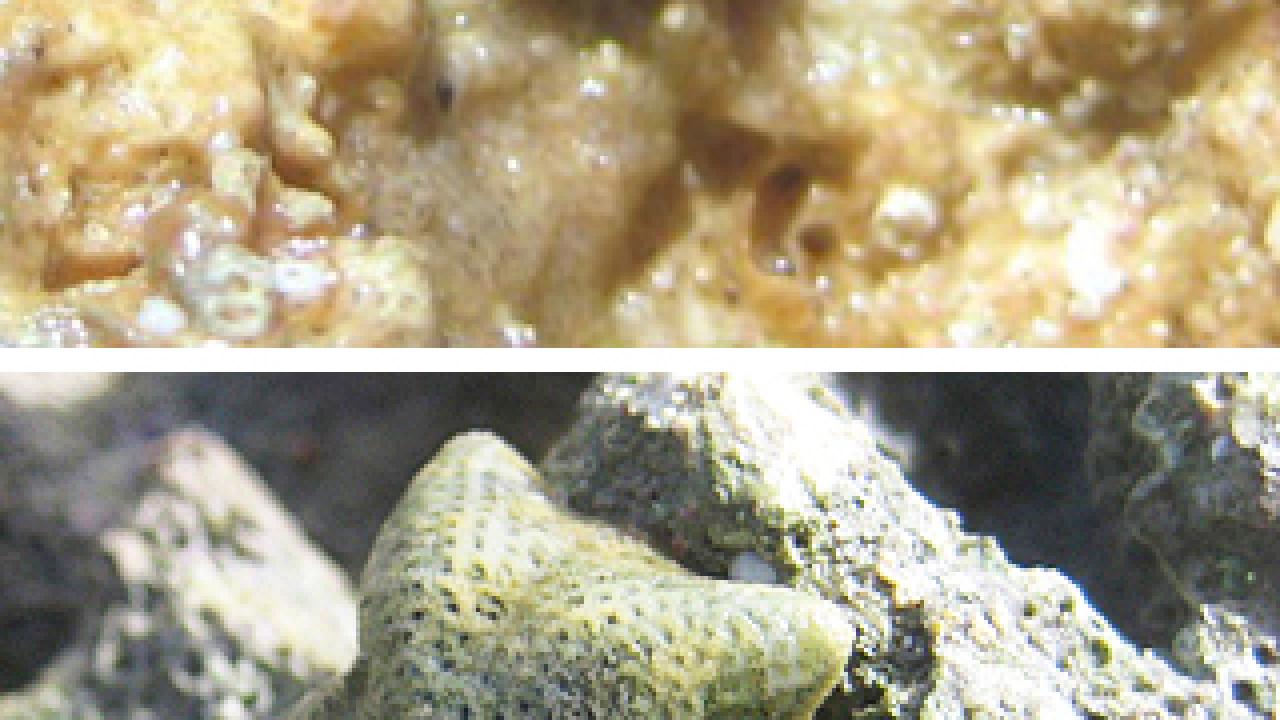How quickly can new species arise? In as little as 6,000 years, according to a study of Australian sea stars.
"That's unbelievably fast compared to most organisms," said Rick Grosberg, professor of evolution and ecology at UC Davis and coauthor on the paper published July 18 in the journal Proceedings of the Royal Society B.
Grosberg is interested in how new species arise in the ocean. On land, groups of plants and animals can be physically isolated by mountains or rivers and then diverge until they can no longer interbreed even if they meet again. But how does this isolation happen in the wide-open ocean?
Grosberg and colleagues studied two closely related "cushion stars," Cryptasterina pentagona and C. hystera, living on the Australian coast. The animals are identical in appearance but live in different regions: Hystera occurs on a few beaches and islands at the far southern end of the range of pentagona.
And their sex lives are very, very different. Pentagona has male and female individuals that release sperm and eggs into the water where they fertilize, grow into larvae and float around in the plankton for a few months before settling down and developing into adult sea stars.
Hystera are hermaphrodites that brood their young internally and give birth to miniature sea stars ready to grow to adulthood.
"It's as dramatic a difference in life history as in any group of organisms," Grosberg said.
The researchers looked at the diversity in DNA sequences from sea stars of both species and estimated the length of time since the species diverged.
The results show that the species separated about 6,000 to 22,000 years ago. That rules out some ways new species could evolve. For example, they clearly did not diverge slowly with genetic changes over a long period of time, but were isolated quickly.
Over the last 11,000 years, the boundary between cold and warm water in the Coral Sea has fluctuated north and south. A small population of the ancestral sea stars, perhaps even one individual, might have colonized a remote area at the southern end of the range then been isolated by one of these changes in ocean currents.
Other authors on the paper are: Jonathan Puritz and Robert Toonen, University of Hawaii; at Simon Fraser University in British Columbia, Canada Michael Hart and Carson Keever, who earned her undergraduate degree from UC Davis; Jason Addison, University of New Brunswick, Canada (previously a postdoctoral researcher at UC Davis); and Maria Byrne, University of Sydney.
The work was supported by a grant from the National Science Foundation to Grosberg and Toonen, a former UC Davis graduate student.
Media Resources
Andy Fell, Research news (emphasis: biological and physical sciences, and engineering), 530-752-4533, ahfell@ucdavis.edu
Rick Grosberg, Evolution and Ecology, 530-752-1114, rkgrosberg@ucdavis.edu
